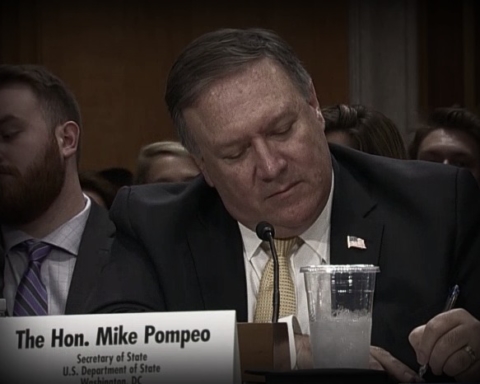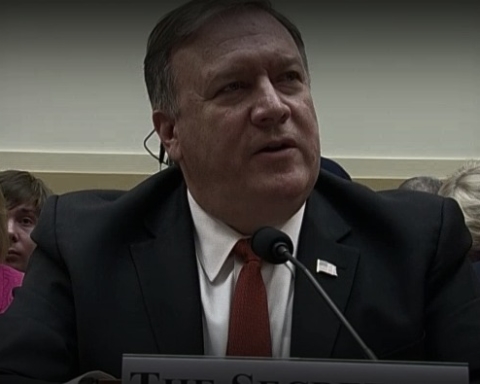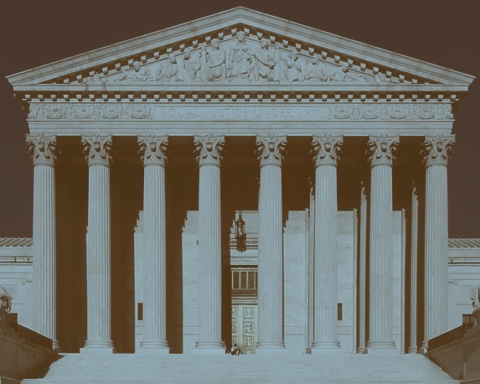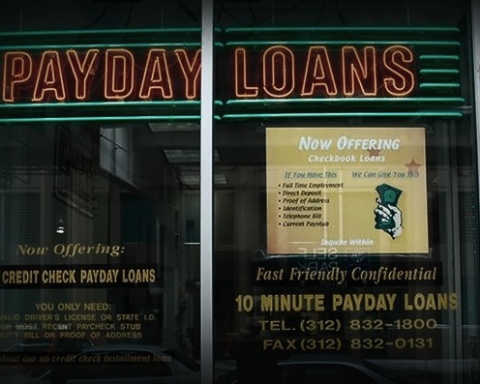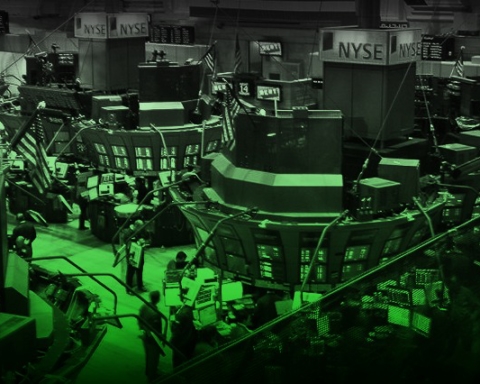Lower crude prices aren’t just hurting oil companies, they’re also inflicting pain on the country’s largest banks.
Commercial and industrial loan payments overdue by three or more months were up in the first quarter by $3.3 billion, according to an FDIC report published Wednesday. The 2.4-percent uptick in commercial and industrial delinquencies was “the first quarterly increase in total noncurrent loan balances in 24 quarters,” the federal banking regulator said.
The report noted the trend resulted from “[s]harply lower energy prices,” and that it disproportionately impacted the financial industry’s larger actors.
Banks with more than $10 billion in assets saw all overdue commercial and industrial balances grow last quarter by $8.9 billion—an increase of 82.1 percent. Concurrently, they set aside $4.1 billion in reserves for future losses, pushing the industry’s “loan-loss” reserves up by almost 50 percent. Banks with fewer than $10 billion squirreled away only $140 million for loan-loss funds.
“The increase in loan-loss provisions is primarily attributable to rising levels of troubled loans to commercial and industrial borrowers, particularly in the energy sector,” the FDIC said.
Though only 109 of the 6,122 US banks surveyed have over $10 billion in assets, loan-loss provisions were higher on an annual basis at 35.6 percent of all banks in the country.
Still, woes in the industrial credit market have only put so much strain on the banking system. The FDIC noted that the proportion of unprofitable banks fell by 0.7 percentage points in the first quarter to 5 percent. Over all financial sector profit was down, too, by 1.9 percent, but it was still at $39.1 billion.
The market for commercial and industrial credit is worth about $2 trillion.
The report comes after a spate of bad news about first quarter economic growth. It also comes in the run-up to an important Federal Reserve meeting later this month.
The central bank’s Federal Open Market Committee could decide to raise interest rates for the second time since December. The increase late last year was the first since 2006.
Oil prices fell from $ 106 per barrel in mid-2014 to about $32 per barrel in January. They have since increased. Crude oil is currently just under $50 per barrel.

